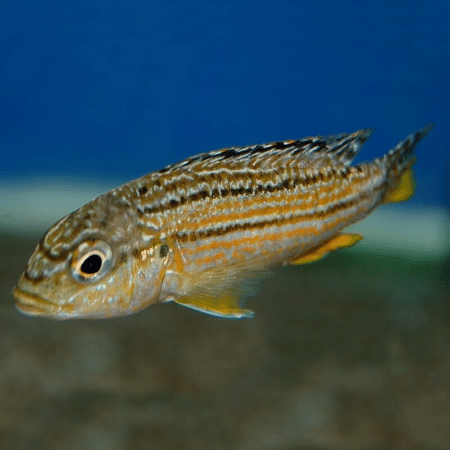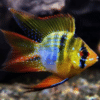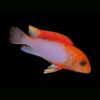To provide the best experiences, we use technologies like cookies to store and/or access device information. Consenting to these technologies will allow us to process data such as browsing behaviour or unique IDs on this site. Not consenting or withdrawing consent, may adversely affect certain features and functions.
The technical storage or access is strictly necessary for the legitimate purpose of enabling the use of a specific service explicitly requested by the subscriber or user, or for the sole purpose of carrying out the transmission of a communication over an electronic communications network.
The technical storage or access is necessary for the legitimate purpose of storing preferences that are not requested by the subscriber or user.
The technical storage or access that is used exclusively for statistical purposes.
The technical storage or access that is used exclusively for anonymous statistical purposes. Without a subpoena, voluntary compliance on the part of your Internet Service Provider, or additional records from a third party, information stored or retrieved for this purpose alone cannot usually be used to identify you.
The technical storage or access is required to create user profiles to send advertising, or to track the user on a website or across several websites for similar marketing purposes.

















Emily Carter (verified owner) –
I recently added the Electric Yellow Cichlid – Labidochromis Caeruleus ‘Kakusa’ to my tank, and I couldn’t be more thrilled! These vibrant fish truly light up my aquarium with their stunning yellow coloration and lively personality. It’s been about two months since I introduced them, and they’ve adapted beautifully to their new environment. I love how active they are, often swimming around and exploring, which adds so much life to my setup.
I feed them high-quality cichlid pellets, and their health has been excellent. The way they interact with each other is a joy to observe, showcasing their playful nature. I previously kept other cichlids, but the Electric Yellow truly stands out with its unique charm and friendliness, making it a fantastic choice for both beginners and more experienced hobbyists.
If you’re considering adding tropical fish to your aquarium, I highly recommend these beauties! Just a small note: ensure your tank is spacious enough, as they do enjoy swimming freely. Overall, I would definitely purchase again and share my love for these amazing fish with fellow aquarists!
Mike Thompson (verified owner) –
I recently added the Electric Yellow Cichlid, Labidochromis Caeruleus, to my 55-gallon tank, and I couldn’t be happier! These vibrant fish truly bring my aquarium to life with their stunning yellow hues. After about two months of observation, I can confidently say they have settled in beautifully and are quite social. They swim actively throughout the tank, showcasing their playful nature.
I’ve kept other cichlids before, but the care requirements of these yellow cichlids are surprisingly easy for beginners, making them perfect for anyone starting out in the hobby. My only minor concern was their initial shyness, but with some hiding spots created using rocks and plants, they quickly adapted.
If you’re looking for a fish that not only enhances your aquarium visually but also has a lively personality, I highly recommend the Electric Yellow Cichlid. They thrive in community tanks and are generally peaceful with other species, which is a huge plus. Just make sure to monitor water parameters closely, as they prefer stable conditions. Truly a fantastic purchase for any aquarist!